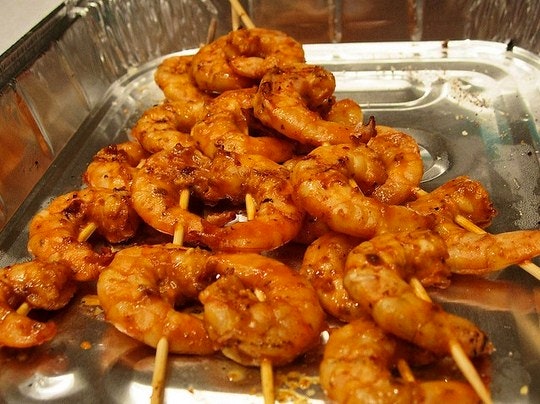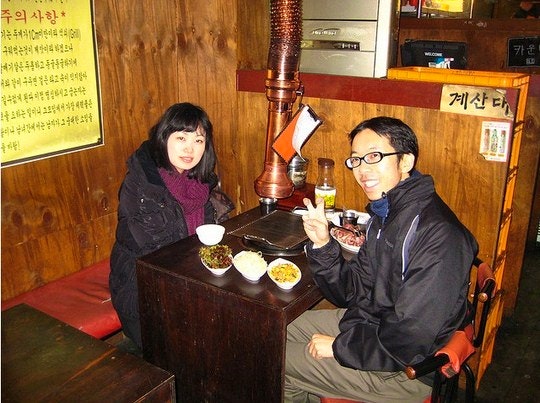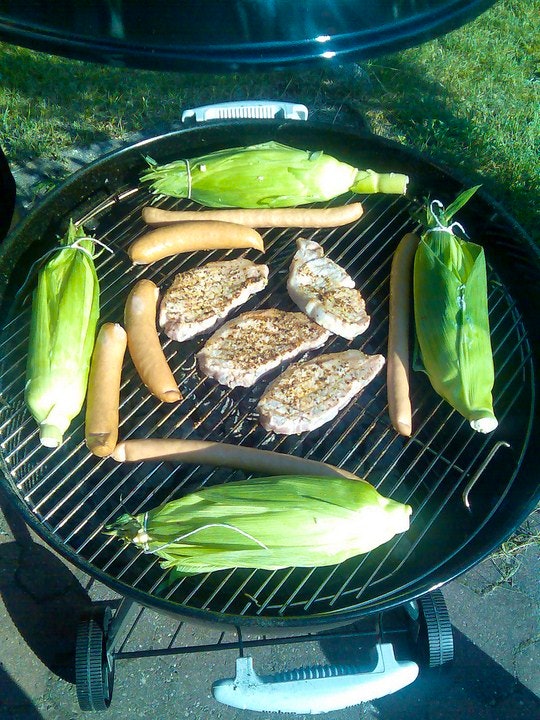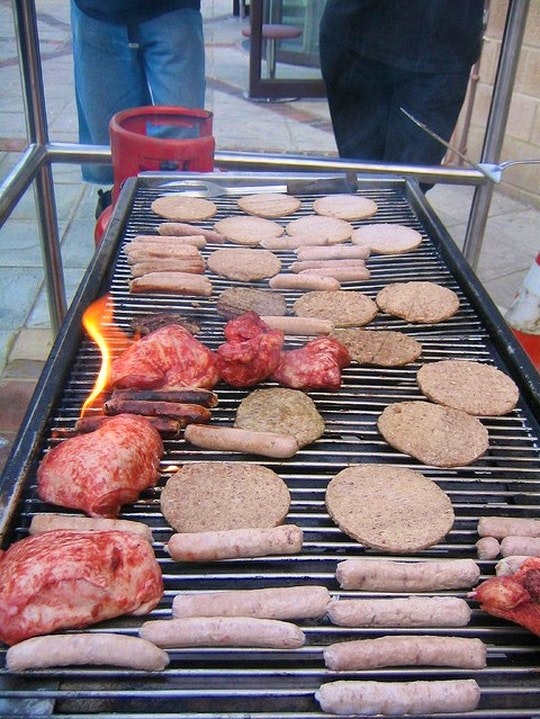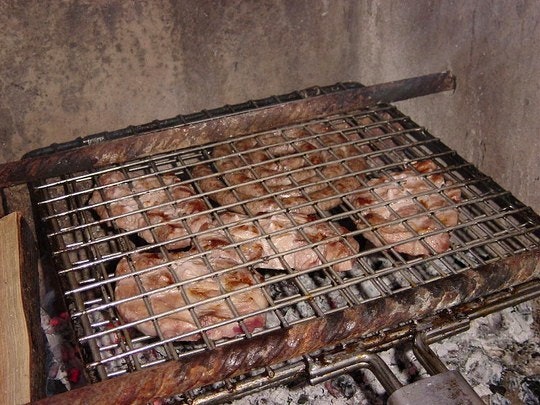South Africans love a good braai as it’s not just about the fantastic food, but usually a chance to chat about the epic game that was just on, and an excuse to socialise with friends. We take great pride in the fact our South African men (and women!) can hold their own in this department, but we’re not the only culture that enjoys a good chop en dop (drink). In honor of Heritage Day (aka National Braai Day), here are five braai’ing styles from around the world:
1. Australia – Barbie / Barby (not the doll)
The Australian term for braai is barbie, short for barbecue. The Australian government is supportive of this fantastic pastime and have installed free public access barbies (some coin-operated ones as well) at most beaches, camping sites, and parks around the country. The free public barbies tend to be either a hot-plate/grill combination, or only a hotplate – they are electric and turn off after 15 minutes so keep a close eye on your meats. Preferred choices for meats to throw on the Barbie include kangaroo, shrimp, emu, and steak.
*Tip*
If you’re visiting Australia, you can find the closest free barbie by visiting Meat in a Park.
2. Korea – Gogigui
A gogigui translates literally to ‘meat cooking’, and is most often found in restaurants, where food is cooked over a charcoal or gas grill that is built into the table. There are several ways you can prepare the meat before cooking. Meats that are marinated are usually soaked in a sauce comprised of ingredients like soy, sesame oil, garlic, pepper, and onions. The marinated meats have different names such as Dahk galbi (grilled chicken), and the popular bulgogi (beef). Non-marinated items are thinly sliced and include Chadolbegi (beef brisket). All kinds of gogigui are served with banchan (side dishes), and lettuce is usually wrapped around the meat morsel before it is eaten.
*Tip*
If you’re going to be eating garlic with your meal, ensure that it’s cooked, as Koreans regard this as healthier, and you won’t end up with the dreaded dead-man-walking breath.
3. United Kingdom – Barbecue
The British barbecue is something of a rare treat, with the Weber wheeled out on the odd day, or five of sunshine, (usually with the neighbours looking on and eyeing their own garages debating whether they should too). In the UK, you are not allowed to burn wood for fuel and need to stick to less smoky alternatives like coal or gas, due to the closeness of the apartments and houses. The British like to marinade their meats to give them an added flavour and some cook their meats while periodically checking the temperature with a meat thermometer, to ensure it doesn’t undercook.
*Tip*
If you know you’re going to barbecue in advance, put your meat and marinade into a ziplock bag to stand for a day or two and soak in the flavour – it makes everything much tenderer and juicier.
4. United States of America – Barbeque
Much like the Aussie barbie, the American bbq tends to be a festive affair. American bbq portions have an uncanny tendency to be triple the size of their international counterparts as are the surfaces of their humongous grills, which are usually lit using charcoal. Popular meats are pork, chicken and beef, with seafood being a rarity (unless you’re in a fishing community, such as Maine). Vinegar based marinades are usually favoured by those in the south east, while tomato based marinades are employed by those who live in the northwest.
5. South Africa – Braai (the real deal)
A South African braai is a social affair, with friends and family gathering outside in the warm summer sunshine to spend some time together. We prefer cooking on wood fires, but will use charcoal, briquettes, and even gas if we must. Heaped side dishes are usually offered, the drinks flow freely, and we are prepared to spend an hour or five doing this. Usual meats include beef, chicken, kudu, ostrich, fish (almost any kind), and satay or kebabs. Both men and woman braai; SA females are frequently insulted by foreigners when told that: “braaing is a man’s job”. Really, standing watching meat cook is more complicated then preparing soufflés? I had no idea …
Tips and tricks:
- A great host offers a wide array of side dishes like potato salad, regular loose-leaf salad, and garlic bread. A good host offers garlic bread, a small side of beans or corn, and chips and dip. A bad host offers chips, dip, and expects you to supply the rest …
- Cooking with charcoal: Wait until the coal has started to turn white (meaning it’s pretty hot), and don’t ever throw the meat on without checking the temperature. Those poor fellows who just light and gooi (throw), tend to have their meat turning into charcoal on the outside, and a raw pink inside.
- If you’re cooking chicken, it’s often a good idea to pre-cook it, to ensure it won’t be raw inside.
- Vegetarians don’t need to miss out, as veggie skewers with peppers, mushrooms, onion, and the odd pineapple piece taste wonderful when braaied. You can also try corn on the cob, wrapped in tinfoil and thrown onto the braai to cook with the coals. Brush it with butter and garlic before wrapping it up.
- Don’t feel you need to buy a fancy, expensive bbq / weber contraptions. We South Africans often build our braai’s out of brick and concrete, ensuring they’re weather-proof and in the perfect spot year after year. A self-dug pit lined with rocks works just as well.
Let us know how you’re going to be spending National Braai Day, and what your all-time favourite braai dish is.
Main image credited to geoffulls (Flickr)


